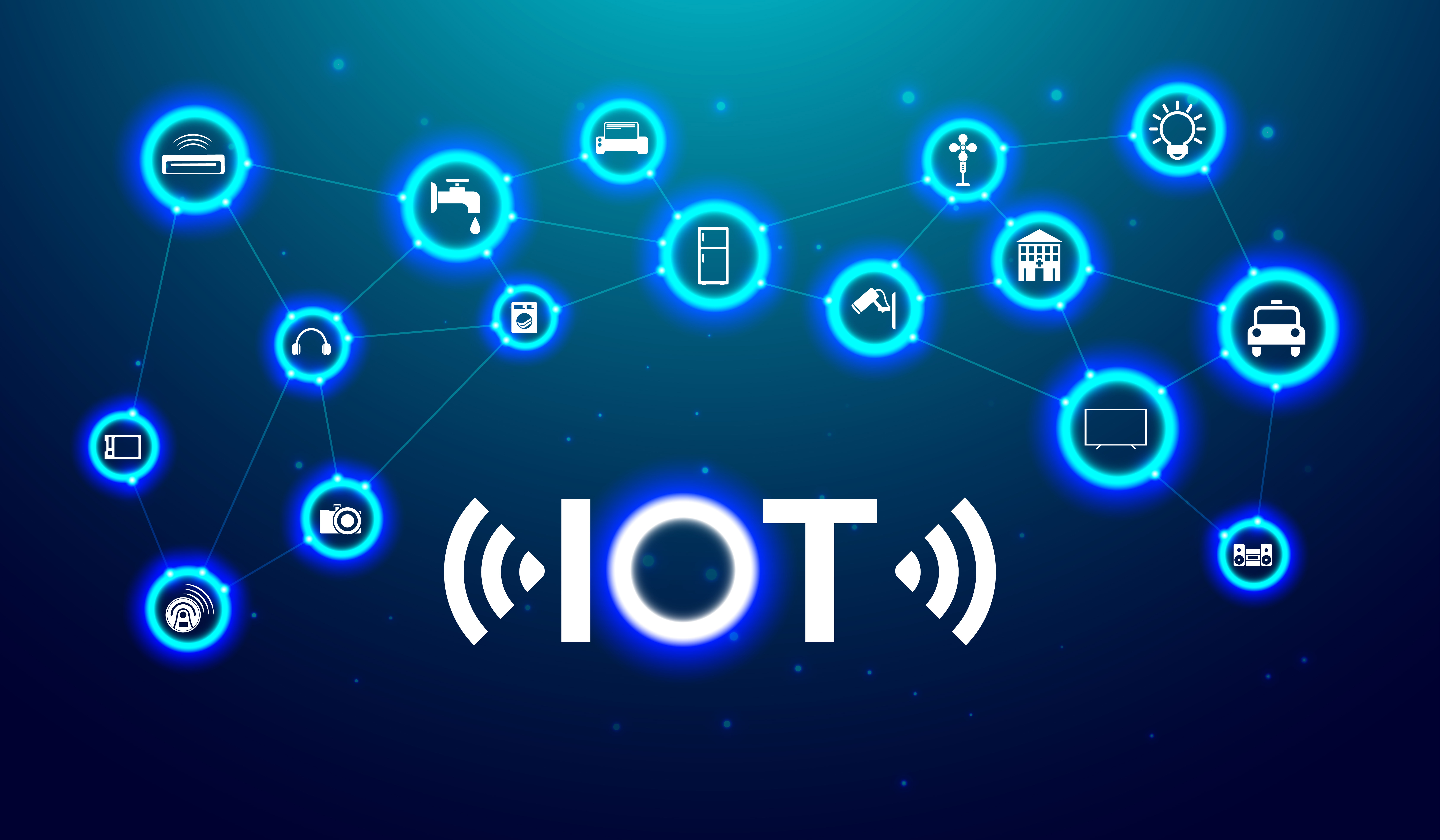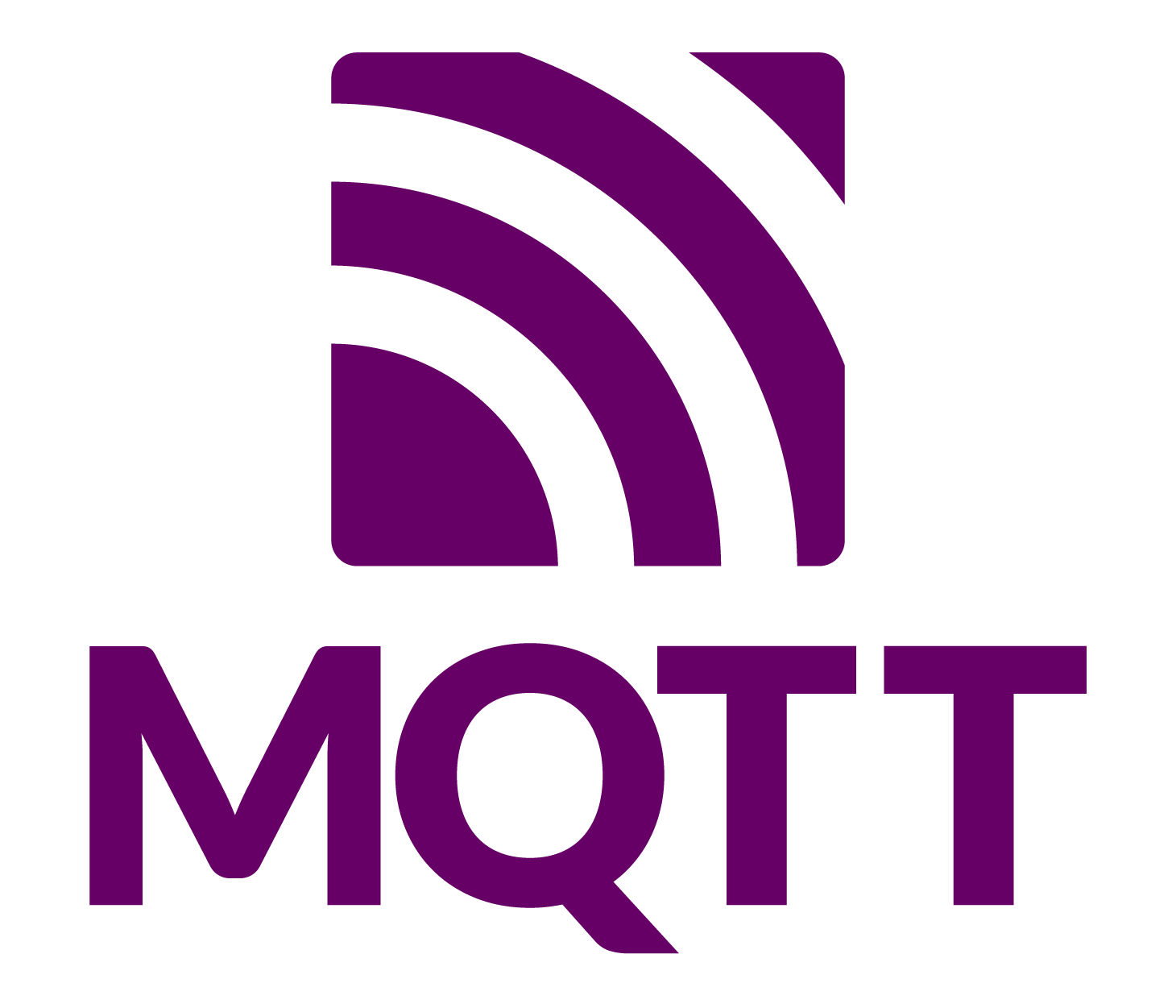Security meets innovation
Bitwise IT develops customized software solutions that are specifically designed for IoT environments and enable seamless connectivity, efficient data management and improved operational functions. In addition, Bitwise IT offers various services in the field of IT security.
IT security and the Internet of Things (IoT) are closely linked. The increasing connectivity of devices results in an expanded attack surface. Without adequate security measures, IoT-devices can be vulnerable to hacking, malware infections and other threats.
Bitwise IT ensures that security aspects are integrated into the development process right from the start. This leads to more secure and robust IoT solutions. Bitwise IT can also help you to increase the IT security of your existing IT infrastructure. Discover vulnerabilities before they become a risk with our professional vulnerability scans and tailored consulting.
IT security
Nowadays, information technology is an essential component for any company. Many business processes are highly dependent on the availability of IT systems. It is therefore essential for companies to protect their IT systems from security threats.

IT security refers to all the planning, measures, and controls used to protect an organization's digital assets. This basically involves protection against unauthorized access, manipulation and disruption. In other words, it is about ensuring the confidentiality, integrity and availability of IT systems and the data stored in these systems.
There are various measures that companies can take to increase their IT security. Well-known measures include virus protection, firewalls, backups and regular updates.
For companies that have their own IT infrastructure, vulnerability scans have become increasingly important. By having their IT systems regularly scanned for vulnerabilities, companies can significantly reduce the risk of falling victim to a cyberattack.
Vulnerability scan
During a vulnerability scan, your IT infrastructure is tested for security flaws with the help of special software. This method is primarily used to find known vulnerabilities. These are vulnerabilities in IT systems that are publicly known and are usually recorded in a standardized catalog.
Hackers often use known vulnerabilities to gain access to a system. The goal of a vulnerability scan is to find and close these vulnerabilities before cybercriminals can exploit them.
Procedure
First, the scope and focus of the vulnerability scan and a time window for its execution are defined. During this phase, providing a network diagram of the company's IT infrastructure is very helpful. An up-to-date network diagram ensures that all components of the IT infrastructure are considered and it helps to estimate the time and effort required for the scan.
The actual vulnerability scan consists of an external and an internal part. During the external vulnerability scan, the IT infrastructure is checked for vulnerabilities from the perspective of an external attacker. The target is the part of the IT infrastructure that is accessible from the Internet, such as a mail server or a VPN server.
 The internal vulnerability scan is conducted from within the company's private network. The aim here is to check the IT infrastructure for vulnerabilities from the perspective of an internal attacker. An internal attacker could be a hacker who has gained access to a computer through malicious software in an email attachment. Are your internal servers, such as the domain controller, sufficiently secured to prevent them from being compromised by an internal attacker?
The internal vulnerability scan is conducted from within the company's private network. The aim here is to check the IT infrastructure for vulnerabilities from the perspective of an internal attacker. An internal attacker could be a hacker who has gained access to a computer through malicious software in an email attachment. Are your internal servers, such as the domain controller, sufficiently secured to prevent them from being compromised by an internal attacker?
Final report
The result of the vulnerability scan is documented in a final report. This report lists any vulnerabilities, the severity of the vulnerabilities, and suggestions on how to address such vulnerabilities.
Consulting
In addition to vulnerability scans, Bitwise IT also offers consulting in all areas of IT security. Some examples of topics where Bitwise IT can support your company:
- Backup & Recovery
- Security in the cloud
- Remote access to the company network
- Intrusion Detection and Intrusion Prevention Systems (IDS / IPS)
- IT security strategies and contingency plans
IoT
The Internet of Things (IoT) refers to physical devices or "things" that communicate with each other and exchange data via a network.
Although the term IoT contains the word "Internet", this does not necessarily mean that all IoT devices are directly connected to the global Internet. Devices can also be connected locally. This is referred to as "local IoT".
 The IoT offers a wide range of benefits:
The IoT offers a wide range of benefits:
- It enables the automation and monitoring of processes, which can lead to a significant increase in efficiency
- Connected devices generate a large amount of data that can be analyzed to gain insights into patterns, trends and performance indicators
- The IoT can help to reduce costs by optimizing maintenance processes and making the use of resources more efficient
IoT devices rely on software and communication technologies. Appropriate software is essential for creating communication protocols, data processing mechanisms and intuitive and user-friendly interfaces.
Every IoT project and every area of application can have unique requirements that may not be fully met by standard software. Customized software makes it possible to tailor IoT solutions to the exact needs and requirements of your company.
Services
Bitwise IT develops innovative software for connected devices that is tailored to the specific needs of your company and has a strong focus on IT security and user-friendliness. Some examples of application areas:
- Control of programmable test and measuring devices and collection and visualization of measurement data (SCPI interface)
- Connecting industrial systems that use different communication protocols (e.g. Modbus RTU, Modbus TCP/IP, MQTT)
- AI-driven applications for pattern and image recognition
- Acquisition, processing, visualization and analysis of data generated by sensors and devices
Software and technologies
There are now a number of development tools, programming languages and communication protocols that are well suited for the development of IoT software. Below you will find an overview of some that are used at Bitwise IT for the development of customized software for the IoT:

 MQTT stands for "Message Queuing Telemetry Transport". It is a lightweight, open network protocol that was specially developed for the transmission of messages between devices in environments with limited resources. MQTT is now a widely used protocol in the Internet of Things.
MQTT stands for "Message Queuing Telemetry Transport". It is a lightweight, open network protocol that was specially developed for the transmission of messages between devices in environments with limited resources. MQTT is now a widely used protocol in the Internet of Things.
 Python is a high-level programming language with an easy-to-understand syntax. Although you can program all kinds of applications with Python, Python is particularly suitable for the rapid prototyping of ideas and for the development of applications in the field of data analysis and machine learning.
Python is a high-level programming language with an easy-to-understand syntax. Although you can program all kinds of applications with Python, Python is particularly suitable for the rapid prototyping of ideas and for the development of applications in the field of data analysis and machine learning.
 C and C++ are programming languages known for their high performance and efficiency and are particularly suitable for resource-constrained IoT devices, for applications that require low-level hardware control and for real-time applications.
C and C++ are programming languages known for their high performance and efficiency and are particularly suitable for resource-constrained IoT devices, for applications that require low-level hardware control and for real-time applications.


